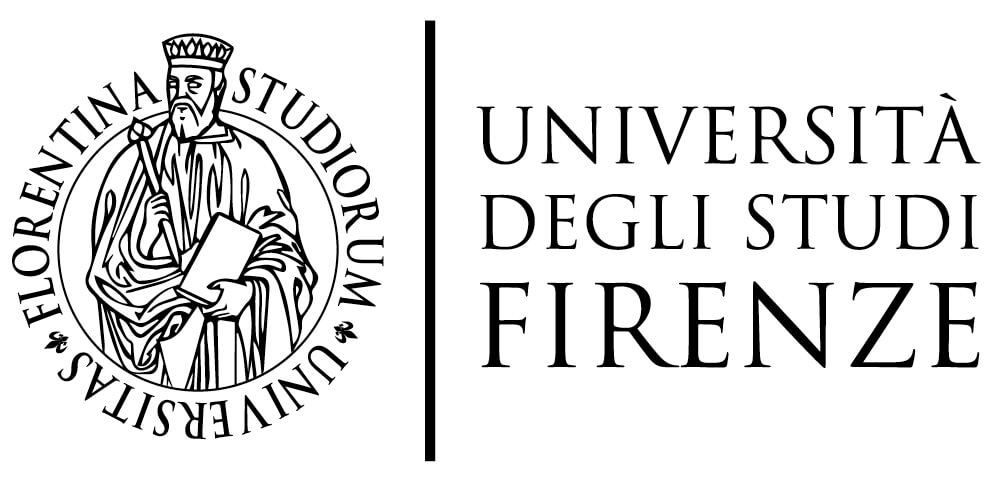Area 3
Little evidence allows an understanding of the nature of this portion of the hill during the 1st century CE, but remains of elite housing dating from the second half of the 2nd century (SA3.6) point at an early residential function of this suburban space.
Under the Severan dynasty the area sees its major transformation, with the construction of a suburban villa, known as the Horti Spei Veteris, (from the name of a nearby suburban sanctuary of the Spes Vetus). The villa complex had large spaces for reception and imperial self-representation, such as an audience hall (SA3.2), the Amphitheatrum Castrense (SA3.1), a porticus miliaria and the Circus Varianus (SA3.3 and SA3.5). A large bath complex, the so-called Baths of Helena, was also likely part of the imperial property (SA3.7).
The property was significantly reduced following the construction of the Aurelian Walls, that cut the Circus Varianus off. The complex retained however its role as an imperial residence and underwent further changes during the Constantinian age. The audience hall was converted into a basilica dedicated to the Holy Cross and provided with a baptistery (SA3.2), and a large audience room was added (SA 3.4). The Baths of Helena were restored (SA3.7). At least two sets of elite houses were built or restored within the limits of the palace (SA3.6 and SA3.8).
Area reports
Preliminary reports on the archaeology of Area 3 are available here:
- SA3.1 - The Castrense Amphitheatre (Amphitheatrum Castrense)
- SA3.2 - The basilica of Santa Croce and porticus complex
- SA3.3 and SA3.5 - The Varian Circus (Circus Varianus)
- SA3.4 - The so called Basilica Civile (traditionally also known in literature as the Temple of Venus and Cupid)
- SA3.6 - The domus ACEA complex
- SA3.7- The so called Baths of Helena
- SA3.8 - The House of the Portraits and the House with a fountain residential complex
Thea Ravasi (Last updated: 01/11/2023)








